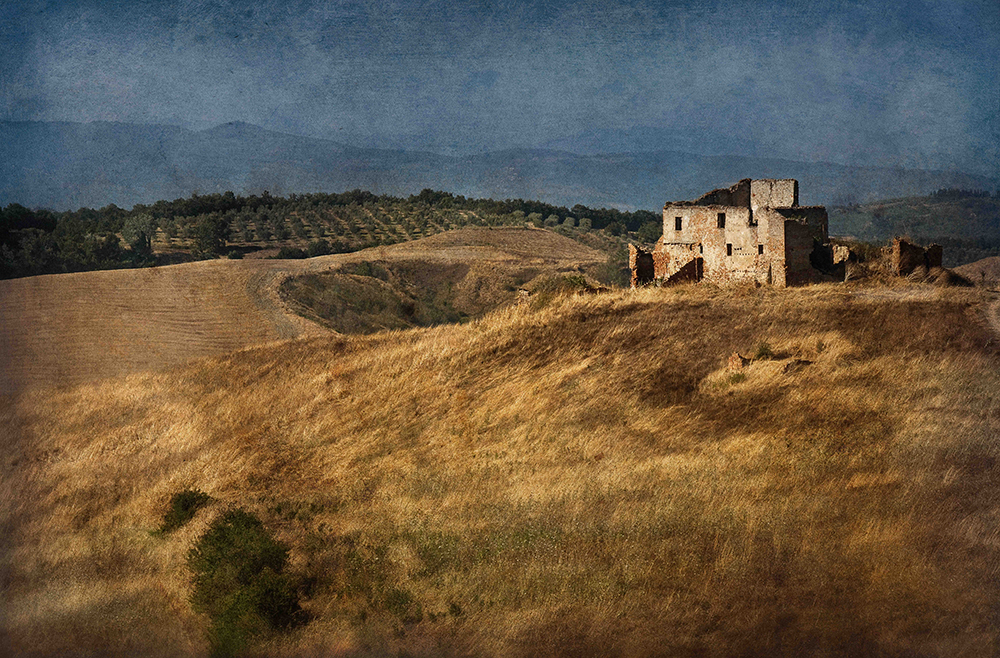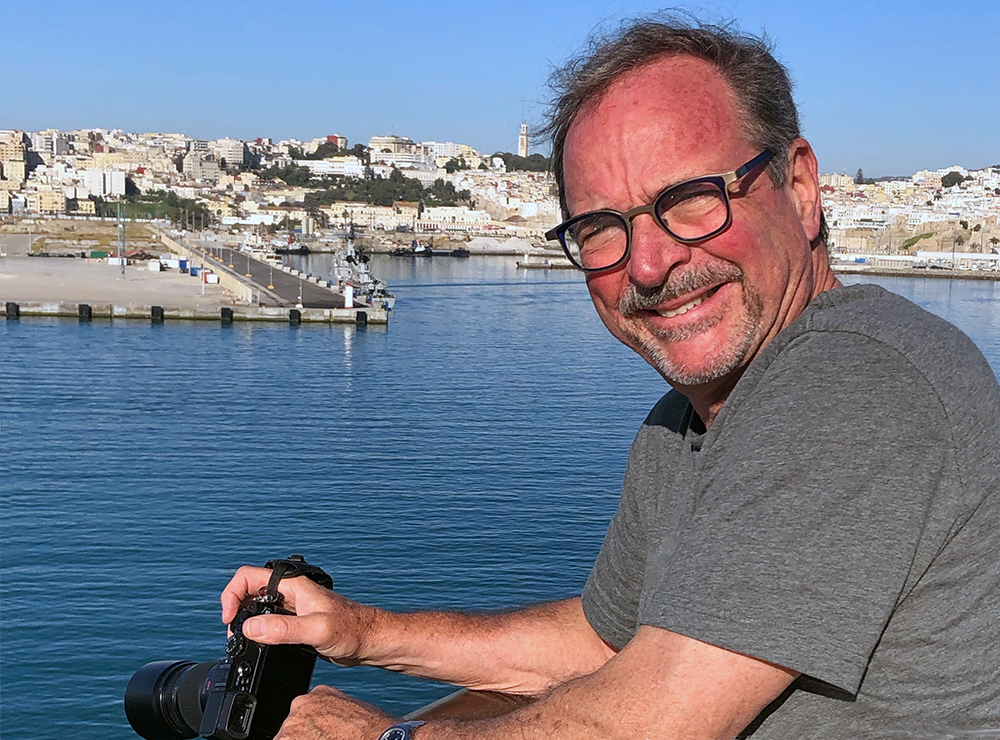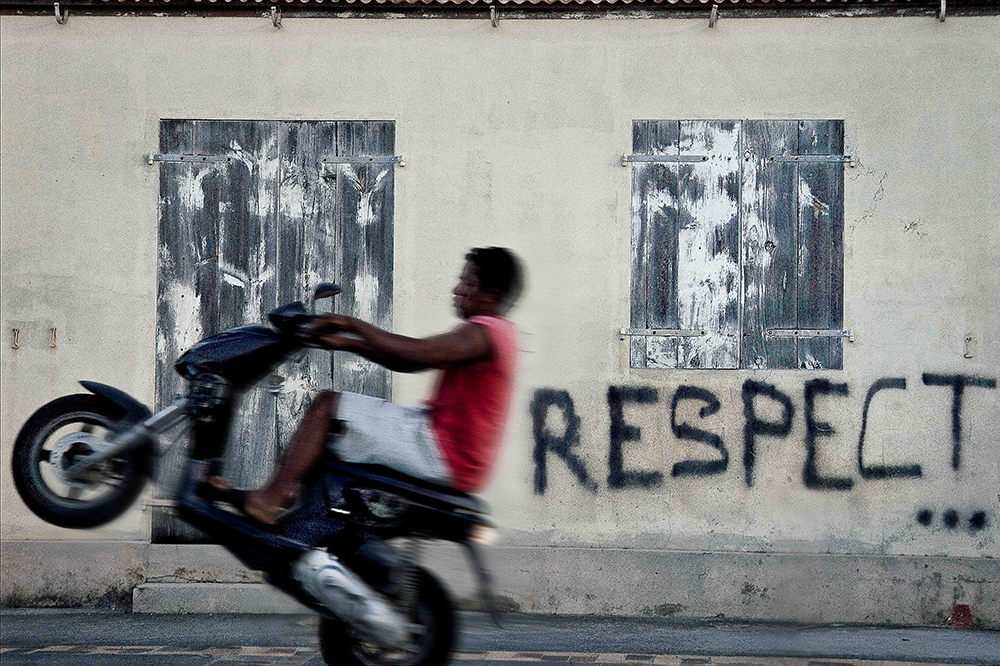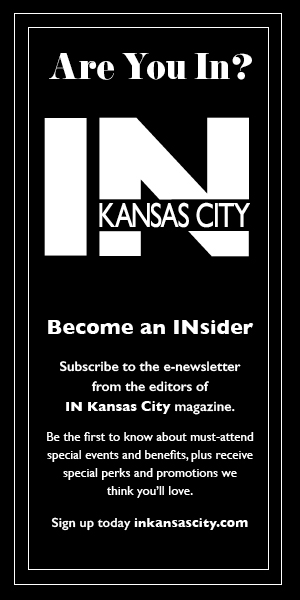In Kansas City caught up with Kansas City native Charles Porter, who has combined two compelling careers in one lifetime. Porter started in the field of coronary angioplasty in the early 1980s. He was integral to the launching of the transplant program at St. Luke’s in 1985, and more recently restarted the fast-growing cardiac transplant team at KU Medical Center. Over the last 12 years he has also developed the cardio-oncology program at KU Med, a rapidly growing cardiology sub-specialty dealing with the cardiac side effects and long-term cardiac impact of cancer therapies. As the medical director of cardio-oncology for the KU Cancer Center, he is immersed in getting the clinical and research programs solidly established.
And if that isn’t enough to keep him busy, he’s an exceptional fine-art photographer. Here he discusses the surprising similarities between photography and cardiology. On Sept. 13, his photographic exhibition at Leopold Gallery opens.
Tell us a little about yourself. How did a cardiologist get interested in photography?
I went to SMU for undergrad and did not know one person at KU Medical Center when I started med school there. I joined the yearbook staff so I could learn photography and have a way to make some friends outside the labs and classrooms. We had a black-and-white photo developing and printing lab in the basement of the family medicine office building. I learned to process black-and-white film, and print photos using chemicals that I now consider too toxic to use. Learning to dodge and burn the black-and-white prints when exposing the paper is much the same as using image processing software now but far more limited in what you can do. My assignment was to get interesting photos of my classmates and professors; it gave me my first taste of working with subjects who were not overly enthused about being photographed. I began to make photos when I had some free time, mostly landscapes, which helped me to learn to find the most compelling part of a vista and make that the center of interest in a photo.

Is there a precision or similarity in the photographic process or a way of seeing that compares to working with the heart? Tell us a little about your photography.
I’ve had multiple mentors over the years, but I’ve been lucky enough to have Dan White, Kansas City’s Pulitzer Prize-winning fine-art photographer and my main instructor in image composition, post-processing, and digital printing for more than ten years. Dan’s approach to portrait lighting, image processing, and printing is highly disciplined and structured much in the same way that protocols in the cath lab where I spent about the first 15 years of my cardiology career are very structured. The benefits of having structured processes that you are familiar with and can do very smoothly is very important in both fields because when the situation changes, you have a solid basic foundation to rely on before improvising or adapting. Although both fields require consistency and discipline, photography is relaxing and cardiology is not; you can take a break and check the manual when the printer stops working but when the heart stops working, it’s another thing entirely.
The other aspect of being a cardiologist who works in the outpatient setting is that I’ve learned to engage anxious, worried, frightened, and sometimes unfriendly people who I am meeting for the first time so that I gain their trust and establish a plan of care quickly. This skill is valuable in situations when engaging potential subjects while doing candid “street” photography, such as in the Ozarks a few years ago when the occupant of a mobile home with a Confederate battle flag hanging on the front met me carrying a shotgun and demanding to know why I was trespassing on his property.
You’ve mentioned “the challenge of capturing the unusual while living an everyday life.” How do you overcome that? Travel? Seeking the new in Kansas City?
My premise is that there are fascinating and photographically interesting events all around us if you are looking for them and are prepared to make a photo. Looking for the “picture in a picture” is an exercise in distilling a scene so that the distracting elements are out of the photo and the high value elements are well lit, captured at the best possible moment and have a clean background. Without formal training such as for an MFA degree, I was never forced to identify a major theme or technique and advance my portfolio or techniques in a specific direction. That’s a negative when it comes to having thematic convergence in my work, which I don’t have, but a positive in that I see opportunities for images in a wide variety of settings. When traveling I almost always have a camera or two with me. When I’m at home in my “work mode,” I generally don’t have optimal camera equipment with me, and I’m under pressure to get somewhere and have my mind on situations other than the people and the scenes that are unfolding before me. I’ve made some lovely landscapes en route to the outpatient clinic I’ve had in Atchison, Kansas, for 25 years, but I have to plan ahead with correct camera and lenses and have the time to stop for photography on a day when the lighting is ideal and I don’t have to get too deep into the weeds wearing my “doctor” attire.
What about Kansas City nurtures your creative self? Why do you like living here?
My “Nightmoods Kansas City” photo montage of unique neon signs of KC night spots from 1999 stemmed from an assignment I gave myself to create a photo project that was interesting and compelling based in Kansas City. I love the print that was done with the help of one of KC’s early digital artists, Judy Rush. I’ll be showing a photo I made of the Celebration at the Station performance of the KC Symphony that’s capped by fireworks around the Liberty Memorial and some dramatic silhouettes in the foreground. As a native of Kansas City who grew up when it seemed that the excitement in life was found anywhere but here, it’s been a thrill to see not only world-class athletic teams but the cultural heritage of the city in art, music, technology, and food become celebrated not just by we who live here but by others around the country and beyond. The quality of life and general freedom from oppressive commuting and challenging crowds make it a wonderful place to live and work.
The medical community is incredibly energizing for me as I can offer something to people who need my expertise and I know the patients get fantastic care. We have leadership that I think will help the city continue to move forward in a way that will assure that the rising tide in KC will lift all boats.




